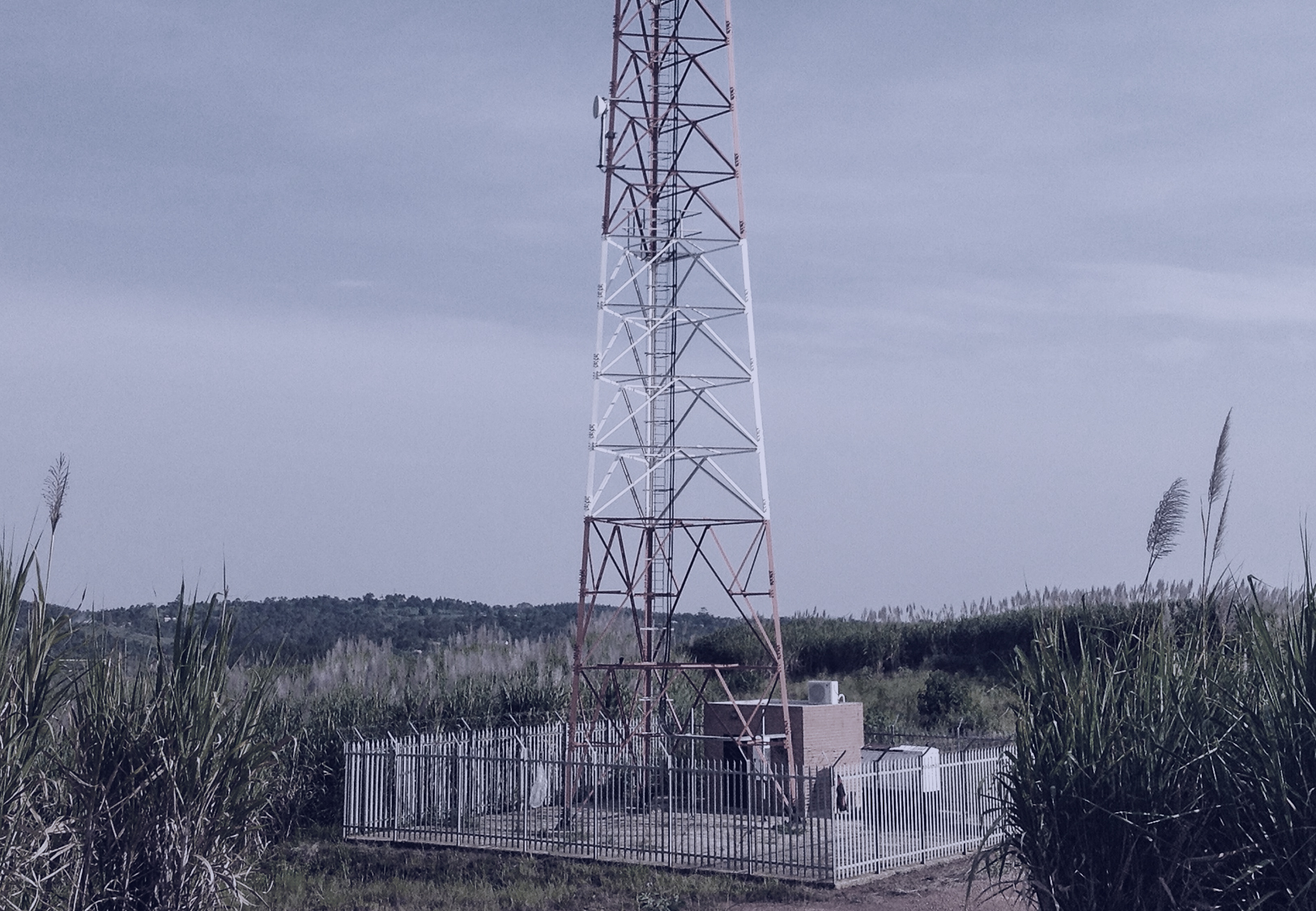
The technology age continues to enormously impact on political and socio-economic terrain. Mobile Network operators are arguably the best placed to leverage and reap the benefits of these advances, as a result of being the main/ or sole providers of data in some regions or countries.
Infrastructure
Over the past 10 years, various consortiums have invested billions of dollars in sub-marine fibre specifically to connect the African continent but the FFTH or FTTP presence is unfortunately fragmented and small. Expansion of this this type of investment is complex, expensive and quite lengthy, therefore only making this solution available small pockets of the continent and population. The increasing presence of MVNO and ISP’s further buttress the increasing demand and need for better enhanced connectivity, which in theory the MNO’s should be providing already.
Africa is in actual fact ready to embrace the information today with its optical fibre network. The problem lies with the current 3G and 4G distribution mediums which are not designed or adaptable to meet with current internet trends, IOTs or even IOEs, which in turn impacts the potential socio-economic development of communities that would otherwise be better served.

The shift to Data
The global social media phenomenon has adversely affected some of the MNOs core revenues (calls/ messaging). These affected revenue streams have had to be replaced by Data revenues, and due to aggressive price wars Data revenues were also affected. All these elements have resulted in operators not having the resources or flexibility to invest enough in expansion and new technologies in order to meet the growing demand.
The WiFrica approach has taken these constraints into consideration. Relieving the networks of congestion, WiFrica offers the operator the opportunity to interact with its customers more, by offering mobile, home and office connectivity in a WTTH (wireless to the home) and WTTP (wireless to the premises) format with its range of economical; easy to deploy, run and maintain solutions, in comparison to any wired/ 3G/ 4G solution in the market today.
Wifrica was established to leverage on
▪The certain and proven increase in smartphone penetration on the African market
▪ The certain and proven demographic shift towards electronic based employment, education and entertainment
▪ The known increase in revenues created by faster and more qualitative internet
▪ The fact that Africa’s population is young and eager to embrace new technology in order to have more and better chances than their family and peers
▪ The definite increase in data demand for Africa in the foreseeable future and the known benefits to community, society and economy
The opportunity for Governmental, Educational and Institutional African bodies to use this “information and connectivity drive” to identify, register, educate and communicate with its citizens, especially in rural communities, and those deprived of any connectivity today
▪ The opportunity to reduce network latency for Mobile Operators, and be a viable and cheaper alternative to satellite data offloading
The opportunity to increase data consumption by offering higher speeds which in turn means higher revenue per customer
▪ The opportunity to accelerate the inclusion of non-data customers which creates a new and larger customer base for Operators
▪ The definite increase in data demand for Africa in the foreseeable future and the known benefits to community, society and economy
The opportunity for Governmental, Educational and Institutional African bodies to use this “information and connectivity drive” to identify, register, educate and communicate with its citizens, especially in rural communities, and those deprived of any connectivity today
▪ The opportunity to reduce network latency for Mobile Operators, and be a viable and cheaper alternative to satellite data offloading
The opportunity to increase data consumption by offering higher speeds which in turn means higher revenue per customer
The opportunity to accelerate the inclusion of non-data customers which creates a new and larger customer base for Operators
The benefits of access to information are well-known and well-documented, but Africa is still lagging behind other continents when it comes to market penetration, service quality and service availability and this is further exacerbated with the rapid, continued and growing demand for data in metropolitan areas and beyond. In fact, some parts of the population still have no connectivity at all, which has its own socio-economic consequence, as it creates a fringe of the population, which is not able to enjoy the evident social, educational and micro-economic benefits data connectivity can bring.
21st Century Vision & Media
▪The certain and proven increase in smartphone penetration on the African market
▪ The certain and proven demographic shift towards electronic based employment, education and entertainment
▪ The known increase in revenues created by faster and more qualitative internet
▪ The fact that Africa’s population is young and eager to embrace new technology in order to have more and better chances than their family and peers
▪ The definite increase in data demand for Africa in the foreseeable future and the known benefits to community, society and economy
The opportunity for Governmental, Educational and Institutional African bodies to use this “information and connectivity drive” to identify, register, educate and communicate with its citizens, especially in rural communities, and those deprived of any connectivity today
▪ The opportunity to reduce network latency for Mobile Operators, and be a viable and cheaper alternative to satellite data offloading
The opportunity to increase data consumption by offering higher speeds which in turn means higher revenue per customer



